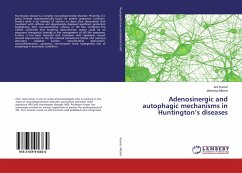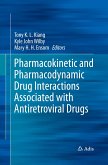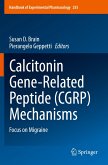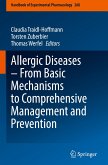Nitroglycerin (GTN) is used to treat cardiovascular diseases, as it is believed to act through NO release. Although GTN is considered safe, its continuous administration results in a complete loss of hemodynamic effects (nitrate tolerance), probably due to increased oxidative stress or impaired metabolism, leading to lower NO bioavailability in vasculature. ALDH2 seems to be the key enzyme of GTN bioactivation, although the reaction mechanism is still elusive. This work shows (i) direct NO formation during ALDH2-catalyzed reaction, suggesting 3-electron GTN reduction yielding NO beside 2-electron reduction yielding nitrite; (ii) ALDH2 inactivation during GTN metabolism and its partial restoration by thiols; (iii) co-generation of superoxide, which limits NO bioavailability and might explain nitrate tolerance; (iv) association between ascorbate deficiency-caused nitrate tolerance in guinea pigs and reduced ALDH2 activity; (v) GTN reduction to NO also by cytosolic ALDH1; (vi) non-enzymatic GTN bioactivation by ascorbate; (vii) lack of involvement of the mitochondrial respiratory chain in GTN bioactivation.
Bitte wählen Sie Ihr Anliegen aus.
Rechnungen
Retourenschein anfordern
Bestellstatus
Storno








